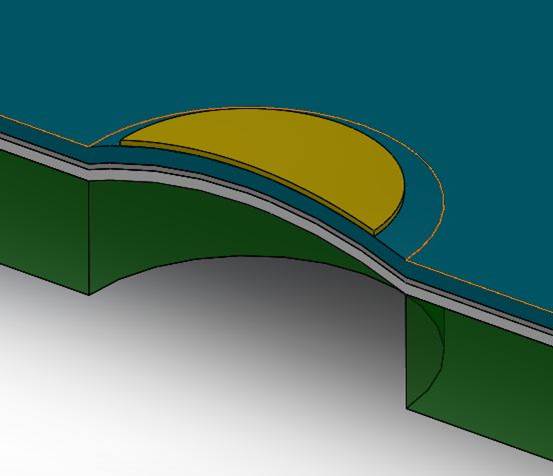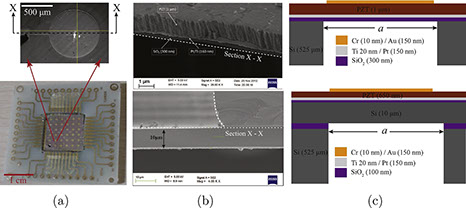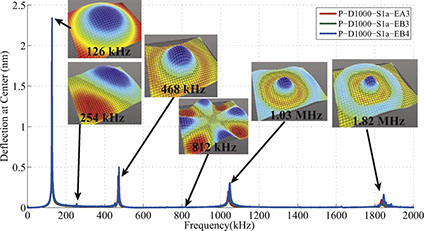
Prof. Rudra Pratap's Research Group






CAD Model of A PMUT
A PMUT Array with Integrated Electronics
Lorem ipsum dolor sit amet.3
PMUT as Receiver
SEM Image of a CMUT
<
>
Ultrasonic waves are unique in their ability to propagate through almost all matter which allows us to use them in ultrasonic transducers to see otherwise invisible subsurface features on tissues or other material samples. This ability – combined with their cost effectiveness, portability, and energy efficiency – makes ultrasonic transducers a natural choice for a wide range of applications including proximity sensing, collision avoidance, flaw detection, ultrasound imaging, photoacoustic imaging, and wireless energy transfer.
In our work, we aim to create ultrasound sensors as small as 100 um in size. We are motivated by the potential to fundamentally change the architecture of current bulky, high voltage ultrasound transducers to make them tiny-footprint, ultra-low voltage, and low-power. This new structure would revolutionize ultrasonics by allowing for novel applications such as ultrasound imaging enabled catheters, wearable health monitoring sensors, and mechano-acoustic fluid probes.

(a) Top view of an array of fabricated PMUTs wire-bonded to a PCB. (b) SEM images of cross-sections of membrane type and plate type PMUTs. (c) Schematic cross-section of plate type and membrane type PMUTs.

Vibration response of 1000 μm diameter p-PMUTs captured using LDV along with the modeshape at each resonant peak
MEMS Lab, Centre for Nano Science and Engineering, Indian Institute of Science. Bangalore-560012
Phone: +91 (80) 2293 3250, +91 (80) 2360 8659 Fax: +91 (80) 2360 1648 Email: pratap@iisc.ac.in, memslab@iisc.ac.in